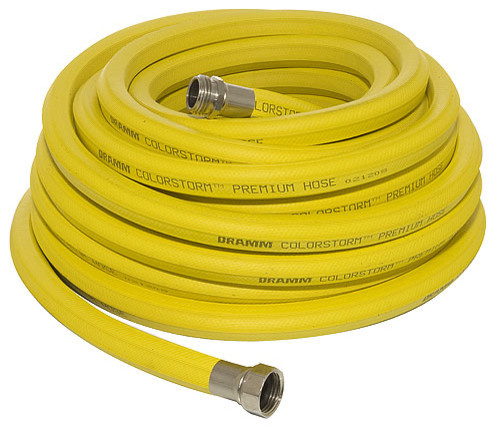 |
| Tree Peony |
The current issue of Fine Gardening has an article about a private garden in the northeast and lists its Top Ten Perennials. I love articles like these, love lists of all kinds—the top ten flowering shrubs, top ten small trees, etc. The article's picks for top ten perennials were:
Hosta
Lamium
Ligularia ‘The Rocket’
Astilbe
Bee Balm
Brunnera
Sedum ‘Autumn Joy’
Liatris ‘Blazing Star’
Alchemilla mollis (Lady’s Mantle)
Japanese Painted Fern
I’ve had most of these perennials and many would make my list as well. I have ligularia and while I love its bold glossy foliage, its blooms are unremarkable, at least in my garden. I love lady’s mantle, but it does only marginally well for me. I have a few patches of it, but it doesn't thrive. I've had bee balm but it spreads too much for a small garden, and gets terrible mildew. I love astilbes and brunnera and have both. The article made me think about the perennials I would put on my own Top Ten List. It’s pretty easy, actually, after many years of gardening, to pick those tried and true plants with winning qualities, such as great foliage or long-lasting bloom. My Top Ten are below.
Hosta~What's not to love about hostas? So many great varieties, I am partial to the blueish varieties, and am starting to collect some minis.
 |
| Hosta 'June' |
Purple Coneflower~~Probably the stalwart of my garden. I have had many varieties over the years but they all seem to revert eventually to the common purple color--which is okay with me. They bloom tirelessly, and always look good.
 |
| Purple Coneflower |
Peony~~Now peonies probably wouldn't be on a lot of lists, because of their short bloom period, but I will always have peonies in my garden, both herbaceous and tree. They are my favs.
 |
| Peony |
Japanese Anemonies~~I started with two plants probably fifteen years ago and now I have entire beds of them--under my Kousa dogwood, a big patch in the perennial garden, and in a shady corner. Obviously it spreads, but it's not aggressive. They don't bloom until August/September, but the foliage is pretty and dependable and looks good all season long. It's a great plant to put with bulbs because the leaves hide the dying bulb foliage. Mine is the pink 'September Charm' variety, and I am hoping to add some of the white 'Honorine Jobert' this spring.
 |
| Anemone 'September Charm' |
.
Sedum ‘Autumn Joy’~~ I was resistant to this perennial for many years for some reason, but I am on board now. It is really a perfect plant, no problems with pests or diseases, foliage looks good from spring through fall. The books begin as pale green to pale pink to dark pink to bronze. Mine tend to sprawl a bit by the fall, but if you cut them back by about a third in the spring that helps.
 |
| Sedum 'Autumn Joy' |
Japanese Painted Fern~~The best foliage when paired with hostas. It is a deciduous fern that features a slow growing clumb of triangular, variegated fronds. Fronds are a soft grayish-green with an overlay of silvery hues and maroon stems. Very pretty and long lived.
 |
| Japanese Painted Fern |
Phlox Paniculata~~I have had good luck with pretty much all the garden phloxes. I have lots of varieties, pale pink, candy-striped, white, pale lavender. They bloom all summer and into the fall. I have some mildew but it's not bad. Mine are planted among asters and other tall bloomers so they tend to hide any mildewed stems.
 |
| Phlox Paniculata |
Geranium~~Perennial geraniums are a tough and reliable bloomer. Mine bloom early in spring and after blooming I shear them back pretty hard and they fill in and rebloom. I like the lacy foliage, good around a border.
 |
| Geranium |
Baptisia~~Another backbone of my garden is baptisia australis, in bloom April/May. Its blooms are such a clear blue and I love the blue green pea-like foliage. I cut mine back by about half after it blooms and new growth comes in a few weeks and fills in and the plant looks great the rest of the season. Mine is proably five feet tall and several feet across when it is in bloom, so it is a show stopper.
 |
| Baptisia |
Heuchera~~I love all the heucheras except for the overused 'Purple Palace,' and especially like the green varieties such as 'Lime Rickey,' 'Lime Marmalade,' and 'Citronelle.' I also have a few of the bronzy ones, I think this one is 'Crème Brûlée.' Yum.
 |
| Heuchera 'Crème Brûlée' |














_av_Carl_Larsson.jpg)



























